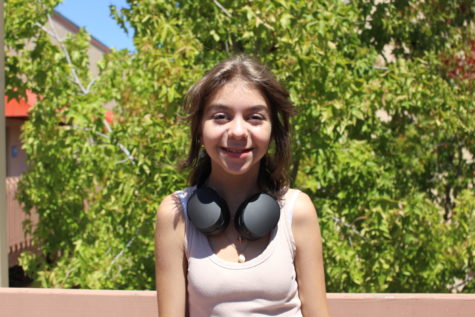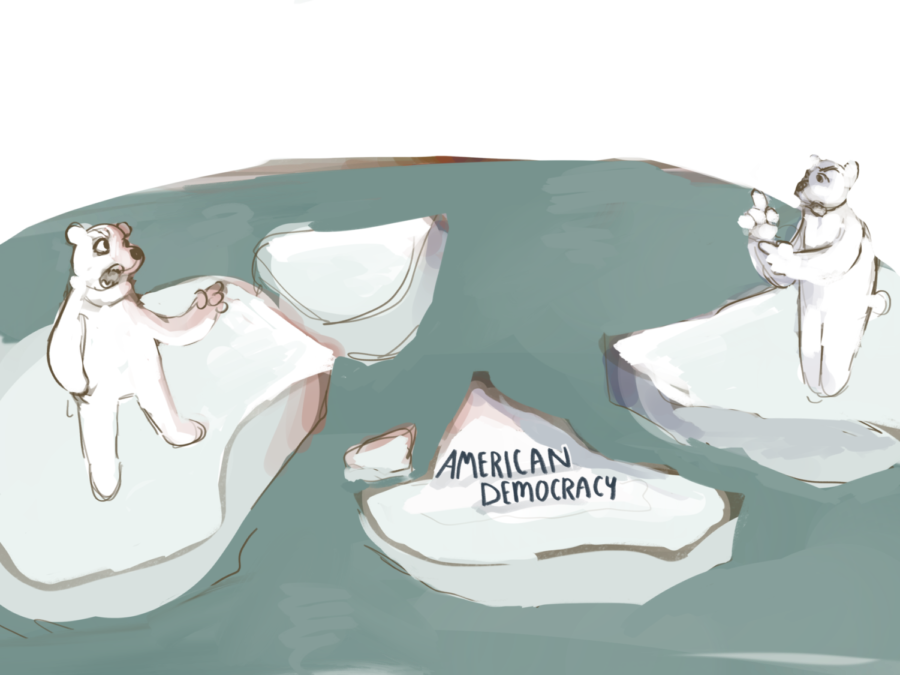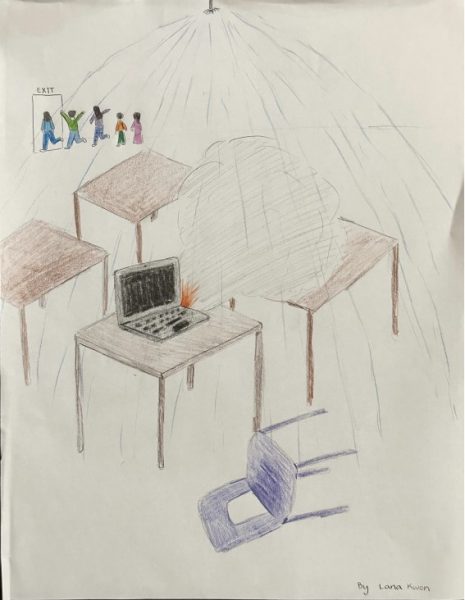The Real Story Behind Political Polarization in America Explained
Due to a variety of factors, the United States may seem as divided as it has ever been in recent memory; but there is still hope for unity and compromise
It is incredibly easy to tune out outside opinions and to only consume information from the same point of view, distorting your worldview and political affiliations.
If you were to turn on the news, scroll through social media looking at current events or talk to your politically engaged friends and family, you would likely come to the conclusion that the U.S. is as divided as ever. It seems as though the conservative right and the liberal left have staked out their claims on the furthest ends of the political spectrum, with virtually no room for any middle ground.
Research and quantifiable data seems to back up this notion. The Vanderbilt Unity Index (VUI) was created in 1981 to track shifts in national unity each quarter based on a number of factors, including presidential disapproval, ideological extremism, social trust, civil unrest and polarization in Congress. According to the Washington Post, “the VUI began moving downward in 1995; from 1995 to 2022, the index has averaged around 59, less than the average VUI of 68 from 1981 to 1994.”
Clearly, over the past three decades, political unity has been trending downwards, but what does that actually look like? For context, the VUI scarcely ever passes 70, having done so in only 7% of the quarters that were measured. This suggests that the US has never been fully unanimous in thought, recognizing that a score of 100 on the VUI represents unanimity.
However, unanimity is not the goal in a democracy — healthy debate and compromise is. The foundation of our country was built around the idea that humans disagree. Naturally, the people of our nation need to be able to find common ground. The current issue our country is faced with is not that we disagree, it is that we seem to have no appetite to mediate disagreements or consider perspectives that differ from our own. While there are many factors responsible for this, social media is chief among them.
“Social media has exacerbated the rate of polarization in our citizenry due to subscribing to ‘news you can choose’ and corporate algorithms that show you only the side of societal issues that you want to see,” social science teacher Chris LePage said. “We have grown to disregard the views that are contrary to our own perceived views which have increased tribalism and polarization in society.”
It has become incredibly easy to tune out outside perspectives and only consume information perpetuating a singular worldview. The “information bubble” that is created as a result restricts dialogue between members of opposite sides of the political spectrum, reducing opportunities to discover common ground.
Additionally, both social media and cable news tend to favor stories of conflict and strife. Our president has fallen victim as well by posting about his predecessor and painting him and his supporters, the “MAGA Republicans” as he refers to them, in a negative light instead of trying to unite the population as he claims to strive for.
Despite all of this, the common ground is there, it just needs greater attention.
“There are so many things that do really overlap between [us,] regardless of whatever side you’re on, but it’s just getting harder to kind of distinguish and put aside your labels,” junior Katie Lee said.
WBUR, Boston’s National Public Radio station, supports this idea, suggesting that “research over the last 20 years shows that not only are people not as polarized as they think, but that they actually share many ways of thinking about social issues.”
While America is certainly not united, that is not necessarily a bad thing. The real issue with our country is that it has become increasingly difficult to engage in thoughtful debate and compromise, stemming from the very top of the federal government all the way down to the average Twitter user.
But there is a solution.
“The biggest thing is to be open and be able to accept information, but that also comes from being able to have the resources [to find the correct information],” Lee said.
Toeing the line between completely shutting yourself off to outside perspective and opening yourself up entirely to the opinion of everyone else regardless of credibility is a daunting task, but it is necessary if we are to return to an America that is united, or at least united in understanding how to manage the disunity that comes with democracy.
Your donation will support the student journalists of Woodbridge High School. Your contribution will allow us to purchase equipment and cover our annual website hosting costs.

Hey Warriors! My name is Ethan Crawford and I feel very honored to serve as a Co-Editor-in-Chief and a staff writer this year. This is my third and last...

Hey Warriors! I'm Sidra Daker - a staff member in the Golden Arrow's illustration team for the 2022-23 school year! I'm so excited to be able to use my...

Hello! My name is Manasaa Meenakshi and I'll be this year's Opinion Editor. I've been a part of our journalism program for two years, this being my third...







